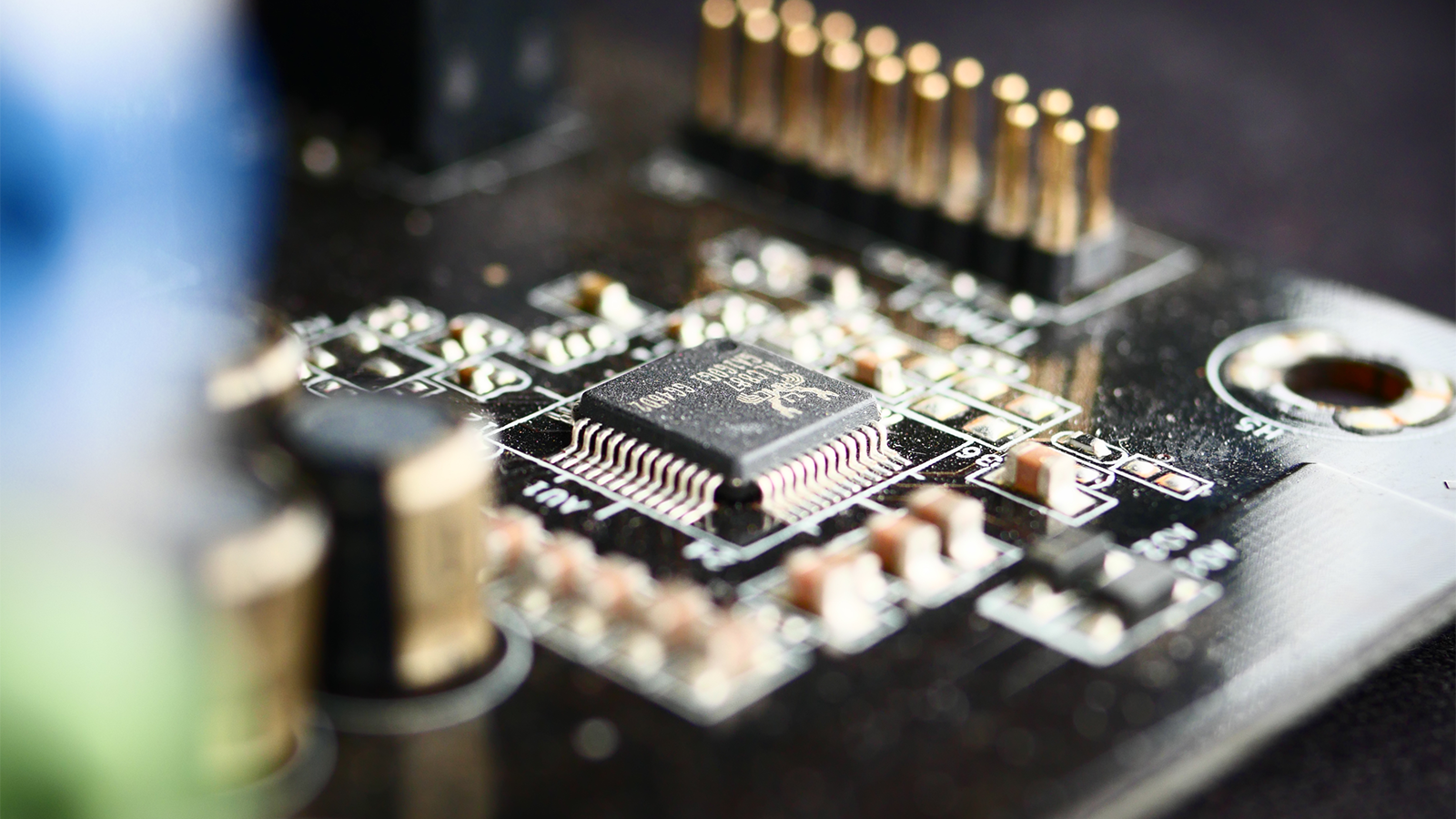
The US is investing heavily in microelectronics. (Photo by Rudolfs Klintsons via Pexels)
WASHINGTON: Flashy programs like hypersonic systems or altering human skin to be less attractive to mosquitos may get more public attention, but figures released by the military’s fringe R&D department today reveal that its money is really pouring into microelectronics.
The Defense Advanced Research Projects Agency (DARPA) plans to spend some $896 million on microelectronics, a total that is more than the combined figures for its second and third big money investment areas — biotech and artificial intelligence, respectively, at about $410 million each — in fiscal 2023, according to slides presented today by DARPA Director Stefanie Tompkins. Cyber projects come in fourth at $184 million, followed by hypersonics at $143 million and quantum research at $90 million.
The investment in microelectronics is part of DARPA’s now five-year-old Electronics Resurgence Initiative, which Tompkins said was about “essentially bringing back US leadership in microelectronics.” Tompkins presented the budget figures today to industry officials during a webinar hosted by the National Defense Industrial Association.
That initiative, which Tompkins said was on the cusp of being updated to ERI 2.0, began in 2017 after DARPA said the military was suffering “limited […] access to leading-edge electronics, challenging U.S. economic and security advantages.”
The concern over microelectronics — and its vulnerability to supply chain disruption — was only made more dire in the wake of the COVID-19 pandemic. In response, the Biden administration aggressively pushed US investment in domestic chip production as a priority area, with the military, already concerned about the issue, happy to go along.
RELATED: New Pentagon report sends warning shot for defense consolidation, especially in hypersonics
In February, Pentagon Undersecretary for Research and Engineering Heidi Shyu announced a different effort by the Defense Department to pursue “lab-to-fab” testing and prototyping hubs for microelectronics technology.
Shyu said microelectronics “support nearly all DoD activities, enabling capabilities such as GPS, radar, and command, control and communications systems.”
Just today the DoD publicized a Pentagon-led “microelectronics commons” that “aims to close the gaps that exist now which prevent the best ideas in technology from reaching the market.”
“The context was an understanding from really top-tier academics that investments that we were marking in early-stage microelectronics research could not be proven in the facilities that we have here at home. We had to go instead off to overseas places, in particular [Asia], to do the work that is necessary to prove out the innovation,” Air Force chief scientist and DARPA alum Victoria Coleman is quoted as saying in the announcement. “That kind of blew my mind.”
In all, Tompkins said DARPA has about 250 “active” programs running across its areas of interest — closing and starting programs at about one per week. Sadly, she did not mention the mosquito bite research program in the presentation.
Norway’s top officer on his ‘biggest challenge,’ next frigate and new NATO neighbors
Gen. Eirik Kristoffersen, Norway’s Chief of Defense, talks to Breaking Defense about his plans for spending on new frigates and subs, the challenges of upgrading Norway’s “digital backbone” and refilling the military’s stocks.



























